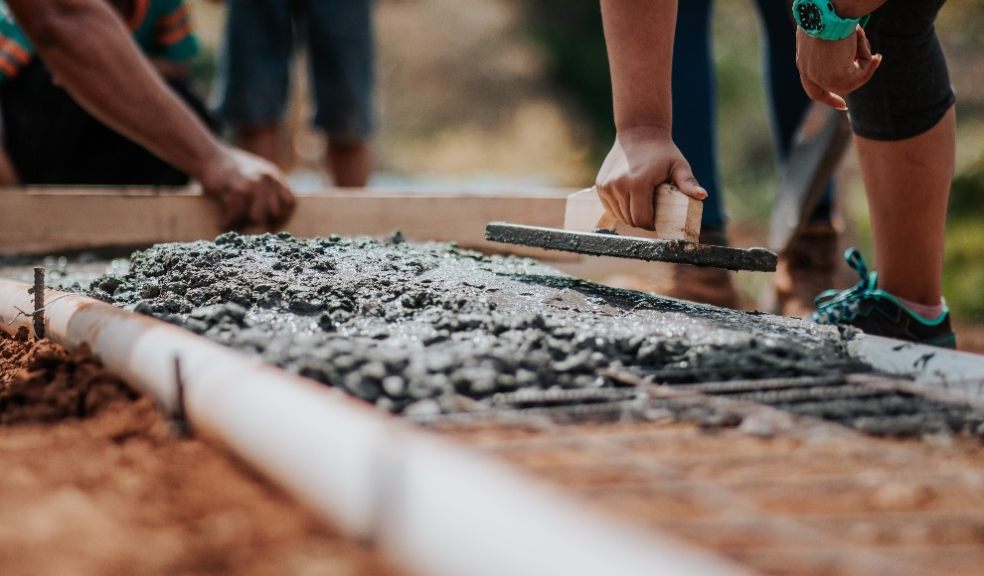
Understanding the Circular Waste Management Requirements in the Construction and Manufacturing Sector
Waste management is a crucial aspect of any industry, especially in the construction and manufacturing sectors. Implementing circular waste management practices can not only help reduce waste but also improve efficiency. This article will explore some key strategies to minimize wastage, use recyclable or reusable materials and be conscious of the surrounding environment.
Minimize Wastage
One effective approach to waste reduction is adopting lean manufacturing principles. Lean manufacturing focuses on eliminating waste and improving efficiency. For example, concrete plants can repurpose leftover concrete by using Betonblock molds to create concrete blocks. These molds provide a sustainable solution to minimize wastage and utilize excess concrete effectively.
Use Recyclable or Reusable Materials
Using recyclable or reusable materials is a crucial aspect of circular waste management. By choosing materials that can be recycled or reused, businesses can greatly minimize their environmental footprint. This can involve using recycled packaging materials, integrating recycled materials into the manufacturing of products, or establishing a system for reusing materials within the production process. By adopting these practices, businesses can contribute to a more sustainable and eco-friendly approach to waste management.
Be Conscious of the Surrounding Environment
Being mindful of the surrounding environment is essential for sustainable waste management. Businesses should consider the impact of their operations on the local ecosystem and take steps to minimize any negative effects. This can involve implementing measures to prevent pollution, conserving energy and water resources, and promoting biodiversity within the premises. By adopting eco-friendly practices, businesses can contribute to a healthier environment and a more sustainable future.
Where to Start
To begin implementing circular waste management practices, businesses can follow two main steps. Firstly, conducting an audit of the business operations can help identify areas where waste can be reduced or eliminated. This assessment can include analyzing production processes, waste generation points and material usage. Secondly, equipping the business with the necessary tools and processes is essential. This may involve investing in equipment such as cinder block molds, balers, compactors, or roll packers. Additionally, setting up recycling bins, composting facilities, or in-store collection points can facilitate proper waste disposal and recycling.
Implementing circular waste management practices in the construction and manufacturing sector requires commitment and investment. However, the long-term benefits, both for the environment and the business itself, make it a worthwhile endeavor. By minimizing wastage, using recyclable or reusable materials and being conscious of the surrounding environment, businesses can contribute to a more sustainable future.

















